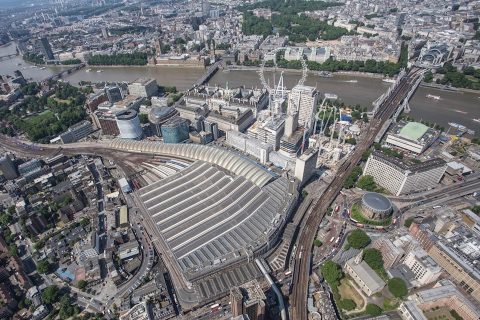New European mobility strategy aims to triple high-speed rail traffic

The European Commission aims to double high-speed rail traffic within ten years and to triple it by 2050. Rail freight traffic must also have doubled by that time. This is stated in the new ‘Sustainable and Smart Mobility Strategy’ from the European Commission that was presented in December 2020. With the plan, the Commission gives substance to sustainable mobility in the European Green Deal.
Want to read more?
You have read all of your free premium articles for this month. Please become a subscriber to keep reading.
Subscribe now!
Take advantage of our exclusive offer to get full access to all premium content.




